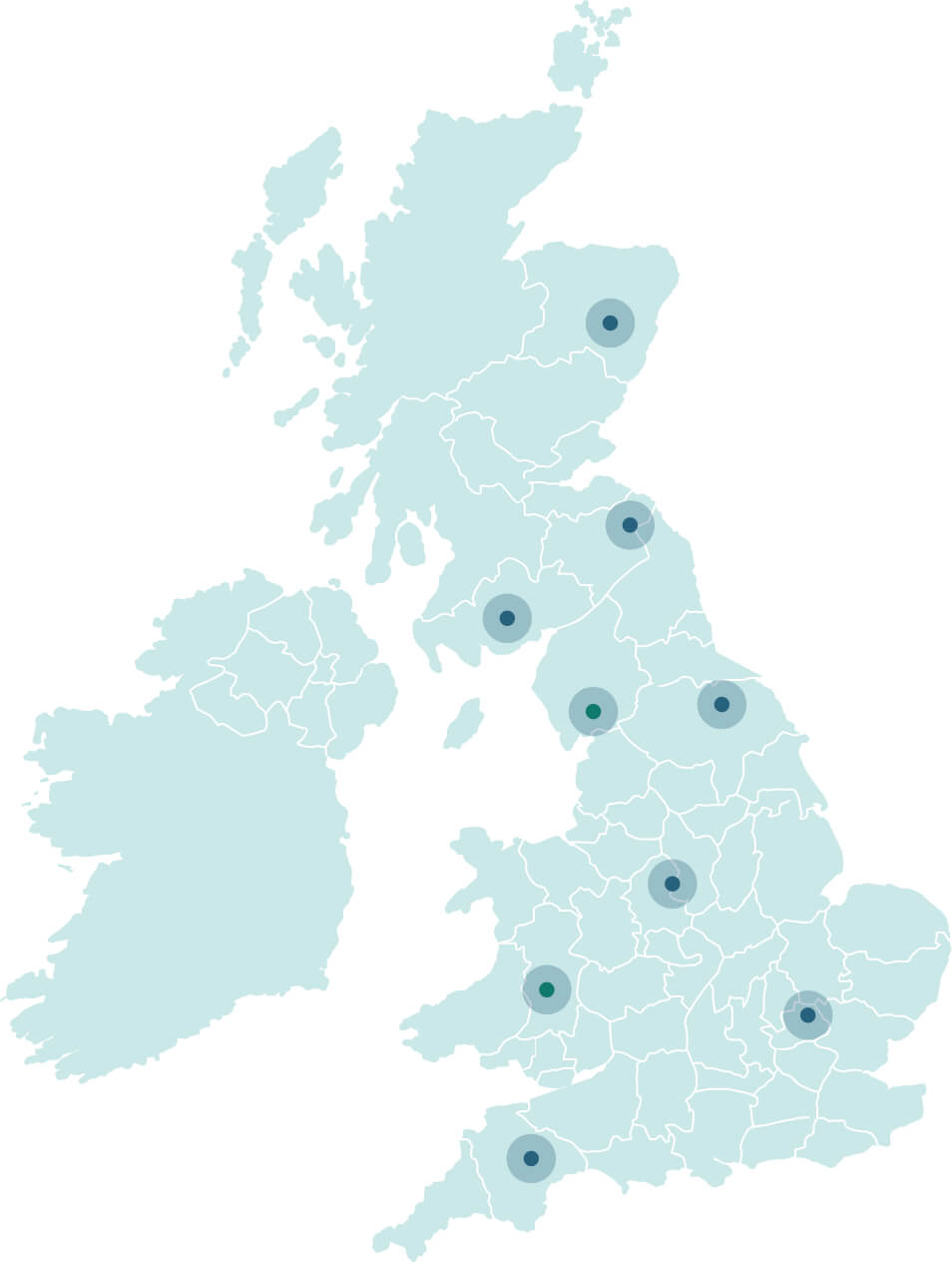Mental health, autism, and ADHD support for adults
From single assessments to ongoing therapy, our personalised care options are for anyone seeking mental health or neurodevelopmental support.
Safe and effective support for young people
Expert mental health, autism, and ADHD support for children and teenagers.
Make sense of your experiences
Taking an online mental health test could be the first step towards getting the right help.
Safe, caring, and effective mental health and neurodevelopmental support
Speak with an experienced clinical advisor in minutes
The choice of virtual or in-person appointments
Specialist clinicians carefully matched to your individual needs
Ongoing support from your first call
Clinics across the UK for in-person appointments
Transparent, accessible and always on your terms

Right to choose
If you are a registered NHS patient in England and your GP refers you for specialist treatment, such as an ADHD or autism assessment, you have the legal right to choose an appropriate healthcare provider.
The UK's leading privately-owned mental health service
Receive expert treatment and support from specialist psychiatrists, psychologists, and psychotherapists across the country.




